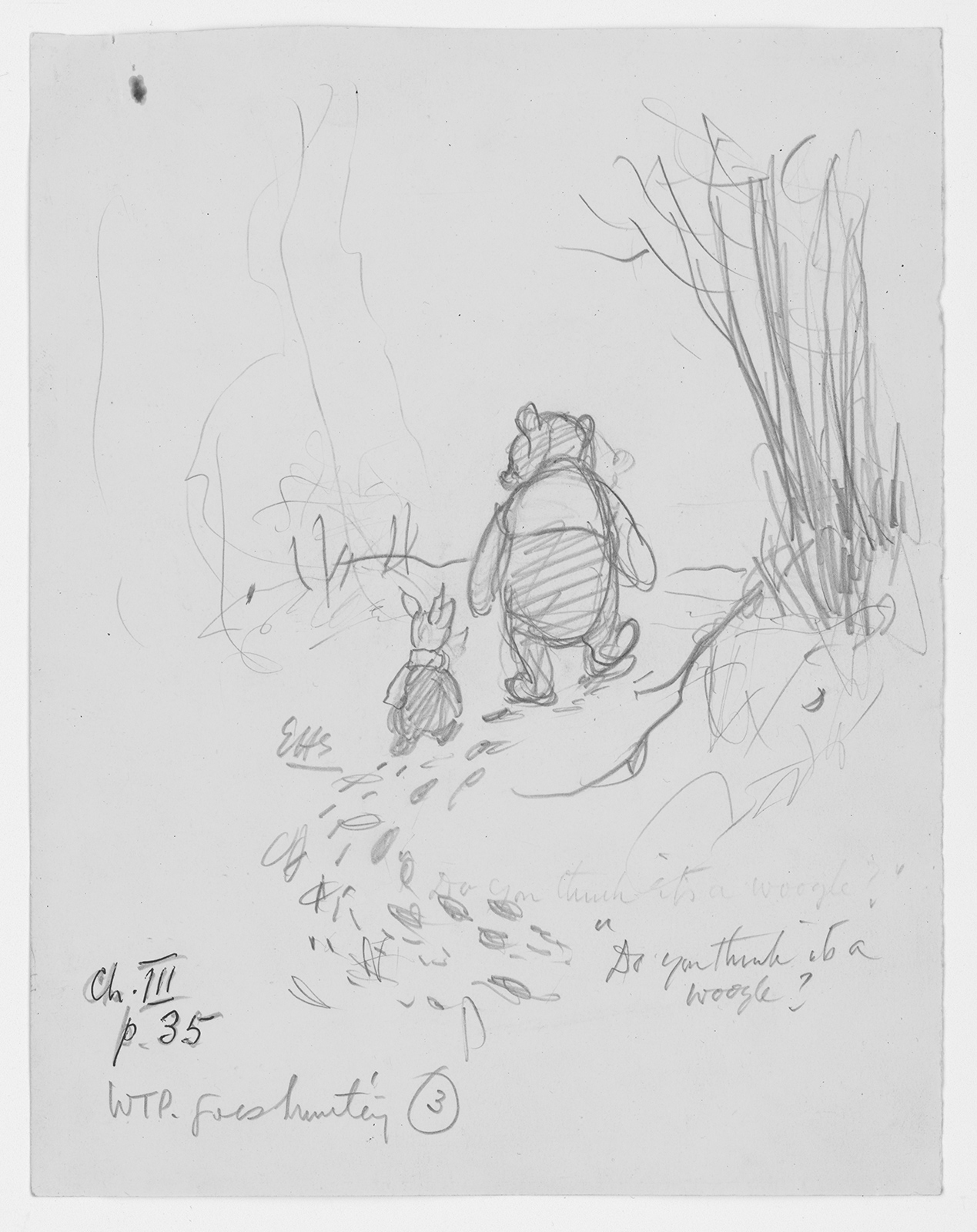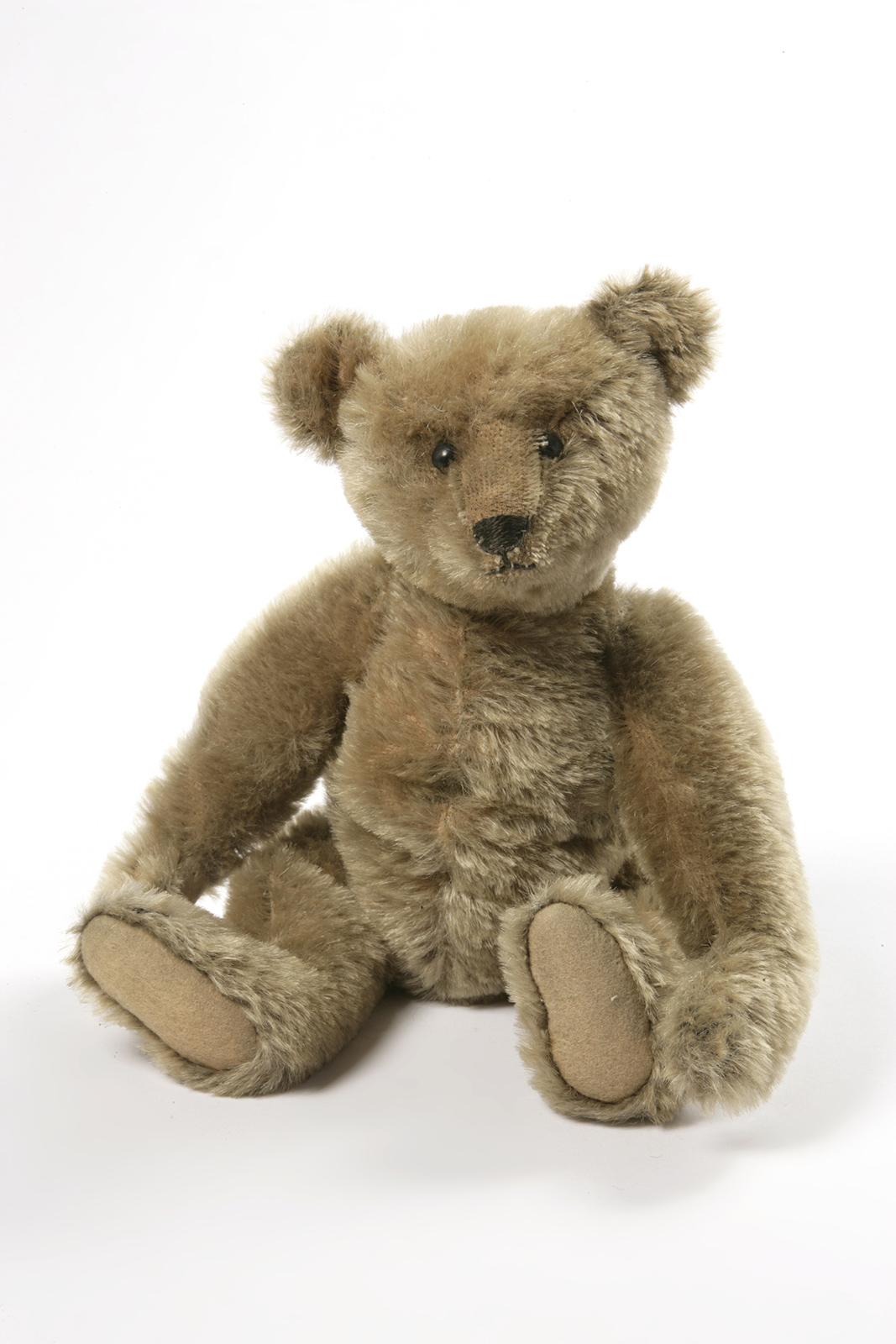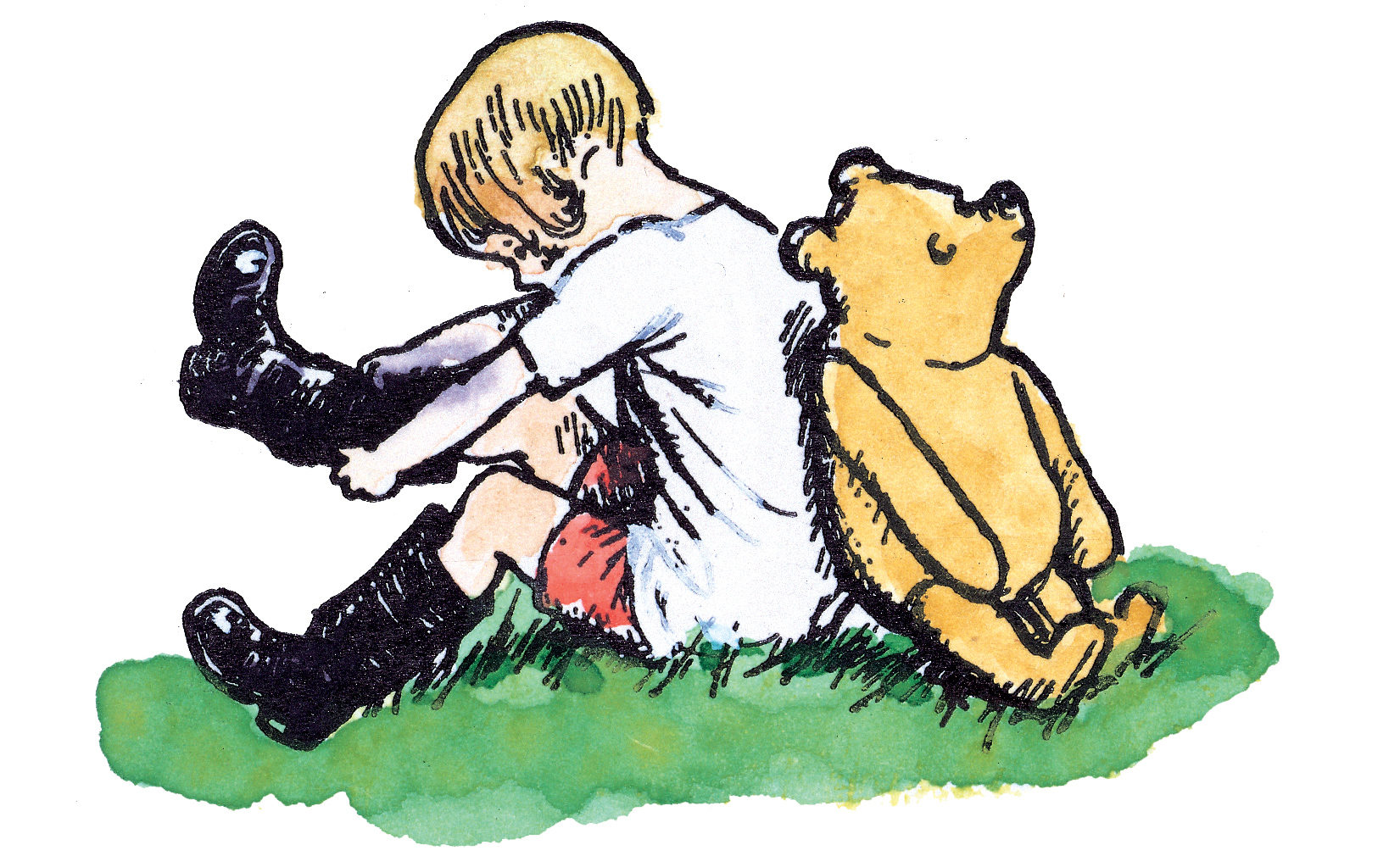The Canadian Roots of Winnie-the-Pooh Revealed at ROM
“You are braver than you believe, stronger than you seem, and smarter than you think. But the most important thing is even if we’re apart…I’ll always be with you.” —Winnie-the-Pooh by A.A. Milne
An inspiration for books, film, and television, Winnie-the-Pooh is now the subject of an interactive exhibition highlighting his Canadian origin story. It turns out, Pooh, who has stood the test of generations, was inspired by a bear from Northern Ontario that became a mascot during the First World War.
Winnie-the-Pooh: Exploring a Classic at Toronto’s Royal Ontario Museum (ROM) features original illustrations, archival photography, manuscripts, letters, early editions, and memorabilia to reveal the inspirations for the honey-loving bear’s creation by author A.A. Milne and illustrator E.H. Shepard.

According to ROM curator Justin Jennings, in 1914 a 20-year old veterinarian named Harry Colebourn volunteered for the Canadian Expeditionary Force. During his service he made a purchase that would become a turning point for literary history. Colebourn was on his way to basic training when his train stopped in White River, Ontario, and he scrawled a memorable note in his diary: “Left Pt. Arthur 7 A.M. On Train all day. Bought Bear $20.”
“That day planner, which became a diary for Colebourn, is displayed in the exhibition, on loan from his family,” said Jennings, “as well as photographs of the Canadian Expeditionary Force including Colebourn and Winnie sourced from the Canadian War Museum.”
Colebourn spent the equivalent of $500 in today’s dollars for the baby black bear, naming it Winnie after his Canadian hometown of Winnipeg. The bear became the mascot for his regiment, the 3rd Canadian Division to England. Before his deployment to the battlefields of France, Colebourn left Winnie in the care of the London Zoo, where after the war, fellow veteran Alexander Milne would take his young son Christopher Robin to see his favourite zoo resident: Winnie the bear. Christopher eventually renamed his own stuffed bear Winnie.

Winnie the Bear.
Milne had published three novels and 18 plays when he met Shepard, also a contributor to the weekly satirical publication Punch. The twosome took inspiration from both their sons’ bear stuffies for their first collaboration: When We Were Very Young. Published in 1924, the book’s first printing was 5,000 copies. Within three months, it had sold 44,000 copies, leading the duo to their next book: Winnie-the-Pooh, first published in 1926 and now translated into over 50 languages.
Milne also established a literary first in 1930: he became the first author to sign a licence agreement for merchandising his books. As the exhibition details the 20th century history of Winnie-the-Pooh, it also includes a wide range of memorable creations in ceramic and textiles made for consumers hungry for Winnie-the-Pooh and his band of merry pals—Christopher Robin, Tigger, Kanga, Roo, Owl, Eeyore, Rabbit, and Piglet.
Colebourn’s story has been presented to Canadians before: through a Heritage Minute, a 60-second bilingual film also included in the exhibition and via a children’s book, Finding Winnie, written by Colebourn’s great-grandaughter, Lindsay Mattick, whose family has lent the soldier’s diary to the exhibition.
The ROM has also created an audio tour, which features voice actors playing Alexander Milne and Christopher Robin as guides.

Winnie-the-Pooh: Exploring a Classic opens March 7 through August 3, 2020 Royal Ontario Museum, Toronto.
________
Never miss a story. Sign up for NUVO’s weekly newsletter here.




